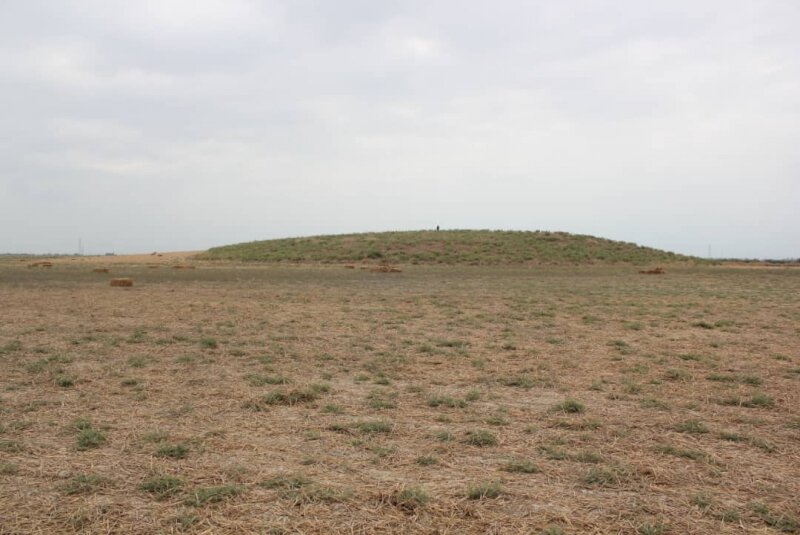Archaeological hills, historical villages in Golestan made national heritage

TEHRAN –A total of eight archaeological hills and two historical villages scattered across Golestan province have recently been added to Iran’s national heritage list.
The Ministry of Cultural Heritage, Tourism and Handicrafts, declared the inscriptions on Monday in separate letters to the governor-general of the northern province, CHTN reported.
The archaeological hills of Sargord, Kheirat, Khersi Koshi, and Nomal as well as Yolmeh Khandan village were among the properties added to the prestigious list.
Golestan is home to hundreds of historical and natural sites, with UNESCO-registered Gonbad-e Qabus – a one-millennium-old brick tower – amongst its most famous.
Narratives say the tower has influenced various subsequent designers of tomb towers and other cylindrical commemorative structures both in the region and beyond. According to the UN body, the mudbrick tower bears testimony to the cultural exchange between Central Asian nomads and the ancient civilization of Iran.
Gorgan, formerly Asterabad, is the capital of Golestan province. The city came into existence since Achaemenian times, long suffered from inroads of the Turkmen tribes who occupied the plain north of the Qareh River and it was subjected to incessant Qajar-Turkmen tribal conflicts in the 19th century. It was renamed Gorgan in the 1930s after being devastated by an earthquake.
Moreover, the province is home to famed for its ruined defensive wall, the Great Wall of Gorgan, which was once one of the longest brick barriers of the ancient world.
ABU/AFM
